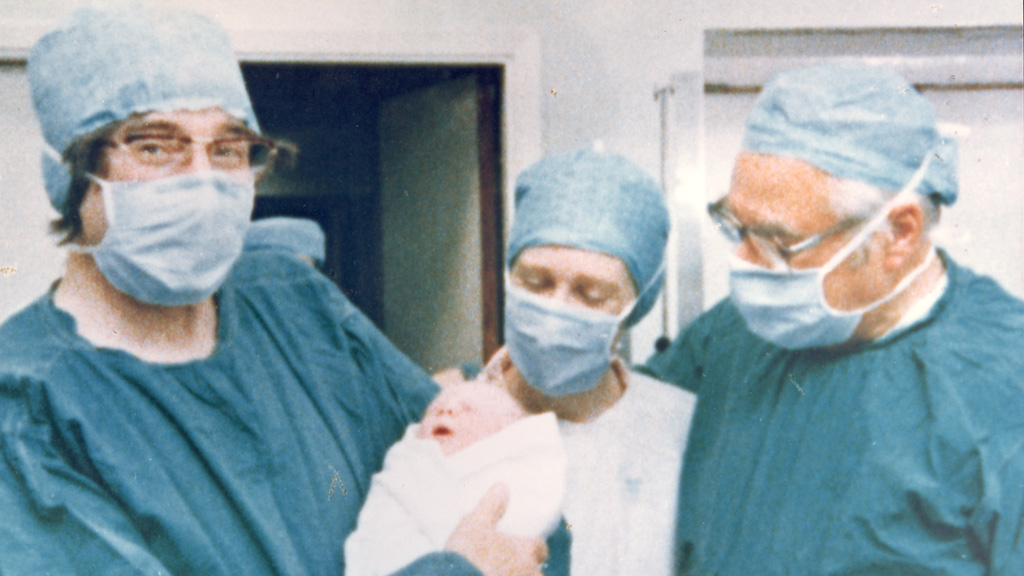Public to get its say on babies with three parents
The public is being asked for its verdict on allowing the creation of IVF babies with three genetic parents, to prepare for scientific advances aimed at preventing some inherited diseases.

The techniques that would allow this to happen are currently banned, but the feedback from this consultation could pave the way to a landmark change in the law as early as next year that would affect future generations.
The consultation process is designed to pre-empt “uncharted territory” techniques aimed at preventing a special category of diseases caused by inherited genes.
These techniques involve children being conceived with the help of a third genetic “parent”: a woman whose donated egg provides a source of replacement healthy DNA. A baby created this way would have a full compliment of nuclear DNA from its mother and father, plus a tiny amount of donated mitochondrial DNA.
Slippery slope
Mitochondria are rod-like bodies in the cell which supply energy. They have their own set of genes, separate from those in the cell nucleus, which are only passed on by mothers.
Defects in mitochondrial DNA give rise to a range of serious and potentially life-threatening diseases including a form of muscular dystrophy and conditions leading to the loss of hearing and vision, heart problems and intestinal disorders.
The mitochondrial replacement treatments would remove the damaged DNA, thereby breaking the generational chain of disease. But they are banned because any tampering with inherited genetic material in clinics is illegal.
Critics fear that allowing mitochondrial DNA to be altered could be the start of a slippery slope leading to a “brave new world” of genetically modified designer babies.
A window has deliberately been left in the Human Fertilisation and Embryology Act, allowing this blanket rule to be changed by parliament in certain circumstances.
But the government must be satisfied that the techniques are ethically acceptable to the public.
The consultation exercise runs until 7 December, with a report being submitted to the government next spring.
The final say on whether treatments can go ahead will lie with the Human Fertilisation and Embryology Authority (HFEA) which regulates IVF clinics and fertility research.
‘Uncharted territory’
Professor Lisa Jardine, who chairs the authority, said: “The government has asked us to take the public temperature of this important and emotive issue.
“The decision about whether mitochondria replacement should be made available to treat patients is not only an issue of great importance to families affected by these terrible diseases, but is also one of enormous public interest.
“We find ourselves in uncharted territory, balancing the desire to help families have healthy children with the possible impact on the children themselves and wider society.”
She recalled public attitudes to the birth of the first IVF baby, Louise Brown, in 1978.
“A lot of people thought she was going to be a monster, and the idea of what would happen if you allowed conception outside the womb was seen as absolutely appalling. Those uncharted waters are now charted waters. We’ve moved from uncharted territory to routine.”
Difficult questions
Speaking at a news briefing in London, Prof Jardine added: “I feel very strongly that once we have genetic modification we have to be damn sure that we are happy. Because this is not about us.
“This is not about our children. It’s not even about our grandchildren. It’s about many generations down the line what the consequences might be.”
Prof Jardine said mitochondrial replacement raises a plethora of difficult questions such as when a child should be told that three people were involved in his or her conception. Another tricky issue is the status of the egg donor and whether a child should have the legal right to know her identity.